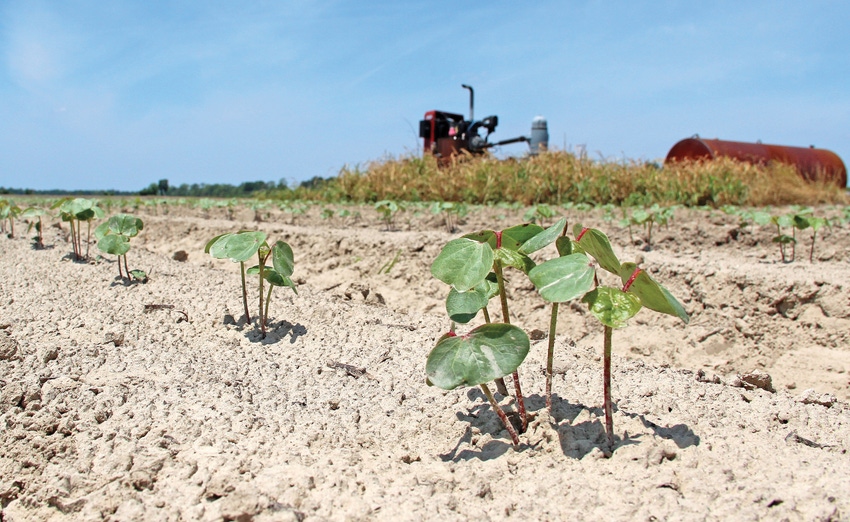May 27, 2014

As we strive for excellence in the production of crops through the use of advanced technologies we sometimes encounter problems that seem to develop from thin air.
These issues are in most instances considered as minor things that we generally do not regard as significant.
This year has been unusual in that the weather has not followed its usual pattern. Regardless of how one may feel about the subject of global warming — more recently termed “climate change” — we experienced one of the most consistently cold winters in recent decades, and all of nature has adjusted to the different conditions. We are now discovering the result of this cooler weather in modified pest problems and management requirements.
Wheat is maturing around two to three weeks later than usual. Corn planting was delayed to the point that quite a few growers were unable to get fields planted prior to the crop insurance cutoff date. Rainfall amounts and intensities have been higher during our traditional planting period, and soil temperatures have been barely high enough for germination and emergence of seedlings.
Growers north of Highway 82 reported the presence of early morning frost in low-lying areas during the second week of May, an almost unprecedented challenge for emerging seedlings. A few growers are reporting the heads of wheat in some of the oldest fields may have been injured by cold during pollination, even though later plantings will be unlikely to show this problem.
Another challenge has been developing in many cotton fields around the area as a result of cooler temperatures and higher rainfall, that of slugs which are inflicting damage to leaves and terminals of young seedlings. We have seldom seen this usually insignificant pest rise to the level of importance that we are seeing this year.
Slugs use their rasping mouthparts to feed directly on the cotyledon leaves of young cotton plants. In some cases the seedlings are reduced to nothing more than a bare stem with no cotyledonary leaves to support the early growth of plants.
There is little doubt that some fields will require replanting as a result of slugs. And the big problem is that there is nothing generally recognized to control them. There are products for their control in high-value horticultural crops, but little information is available for their management in cotton, corn, and soybeans. It seems that their favorite crop is cotton, but they can also infest corn fields. Corn seems to tolerate them better than cotton since the growing point of the seedling is still below the soil surface at the early stage slugs normally arrive.
Even with our great advances in crop management, we still have significant problems that are essentially left to chance. The management of slugs and snails is just one of these things. Will somebody please tell me there is a good tool for management of these nocturnal feeders. I will gladly admit my ignorance and carry the information to growers.
You May Also Like




